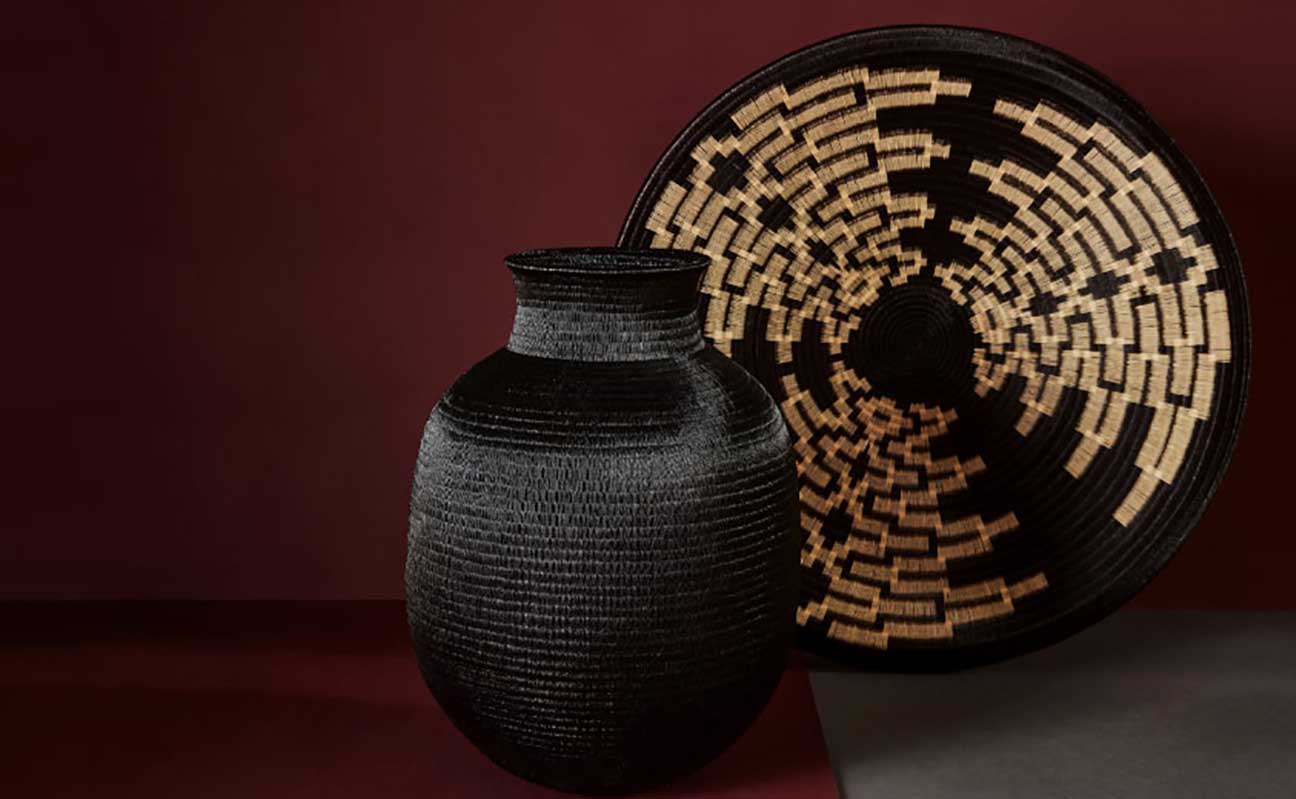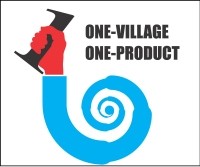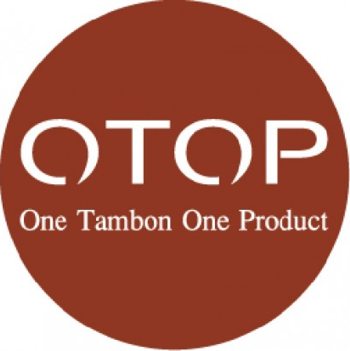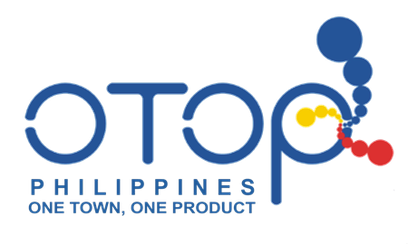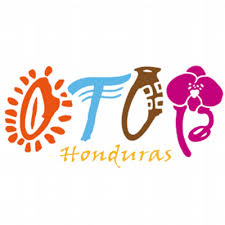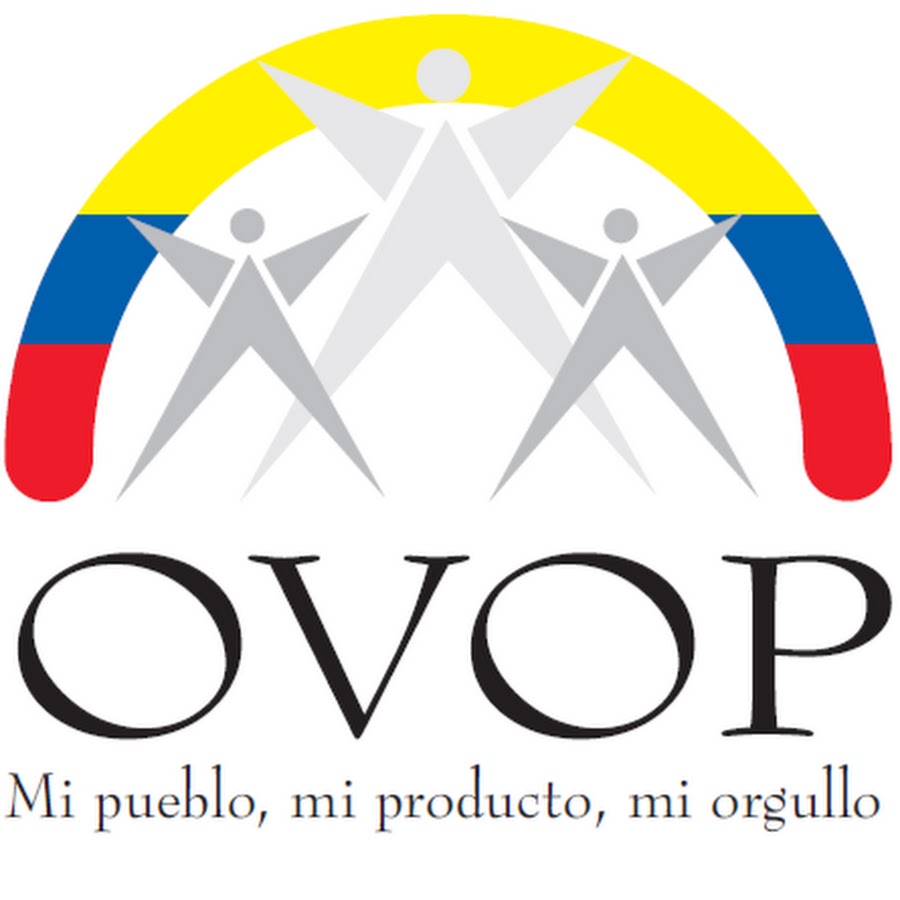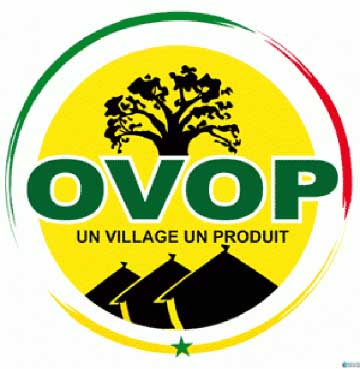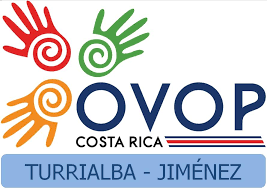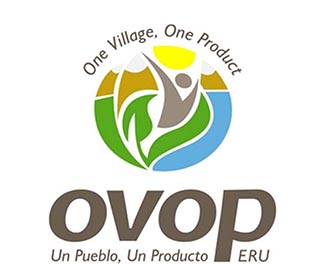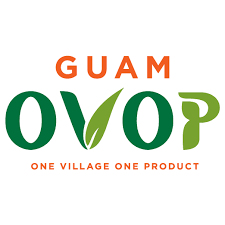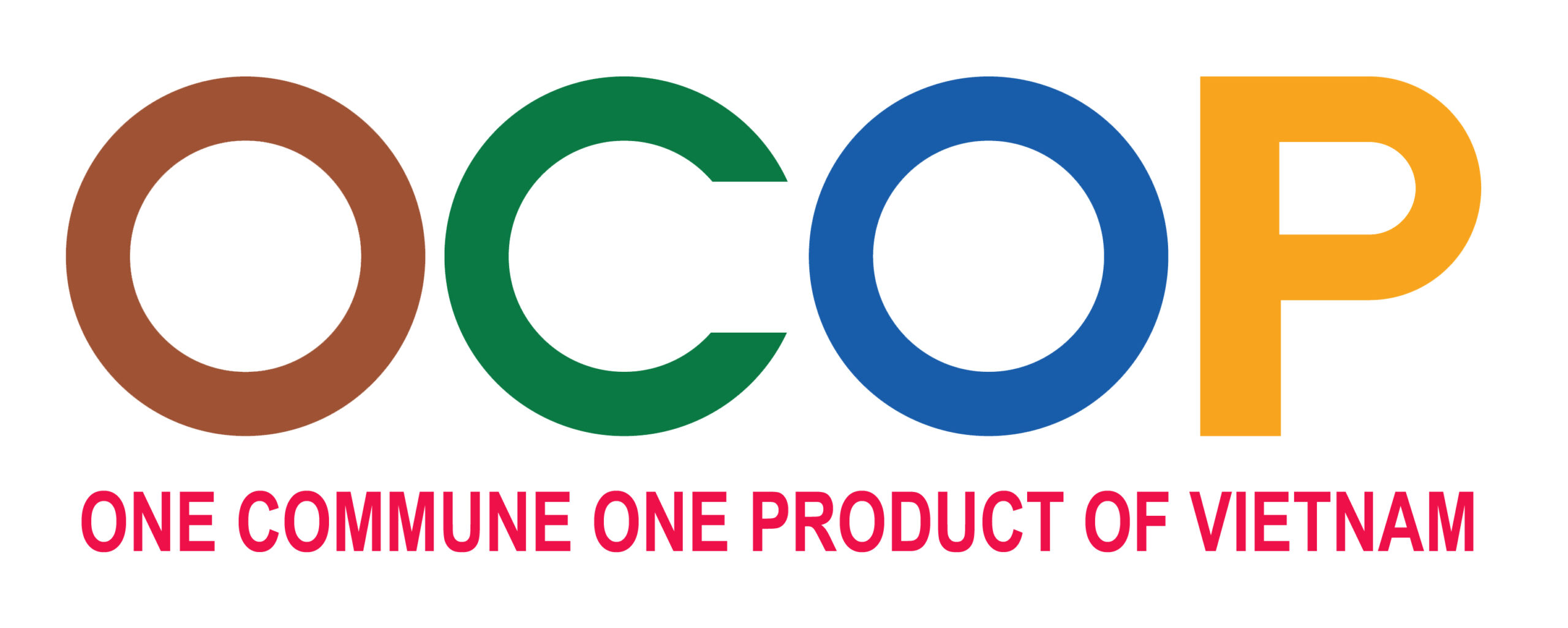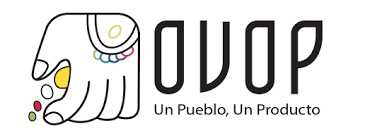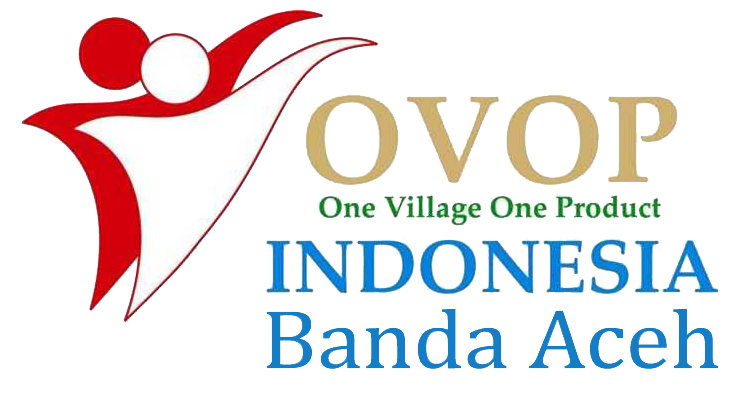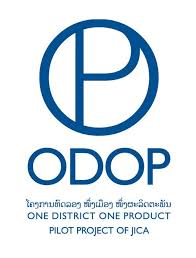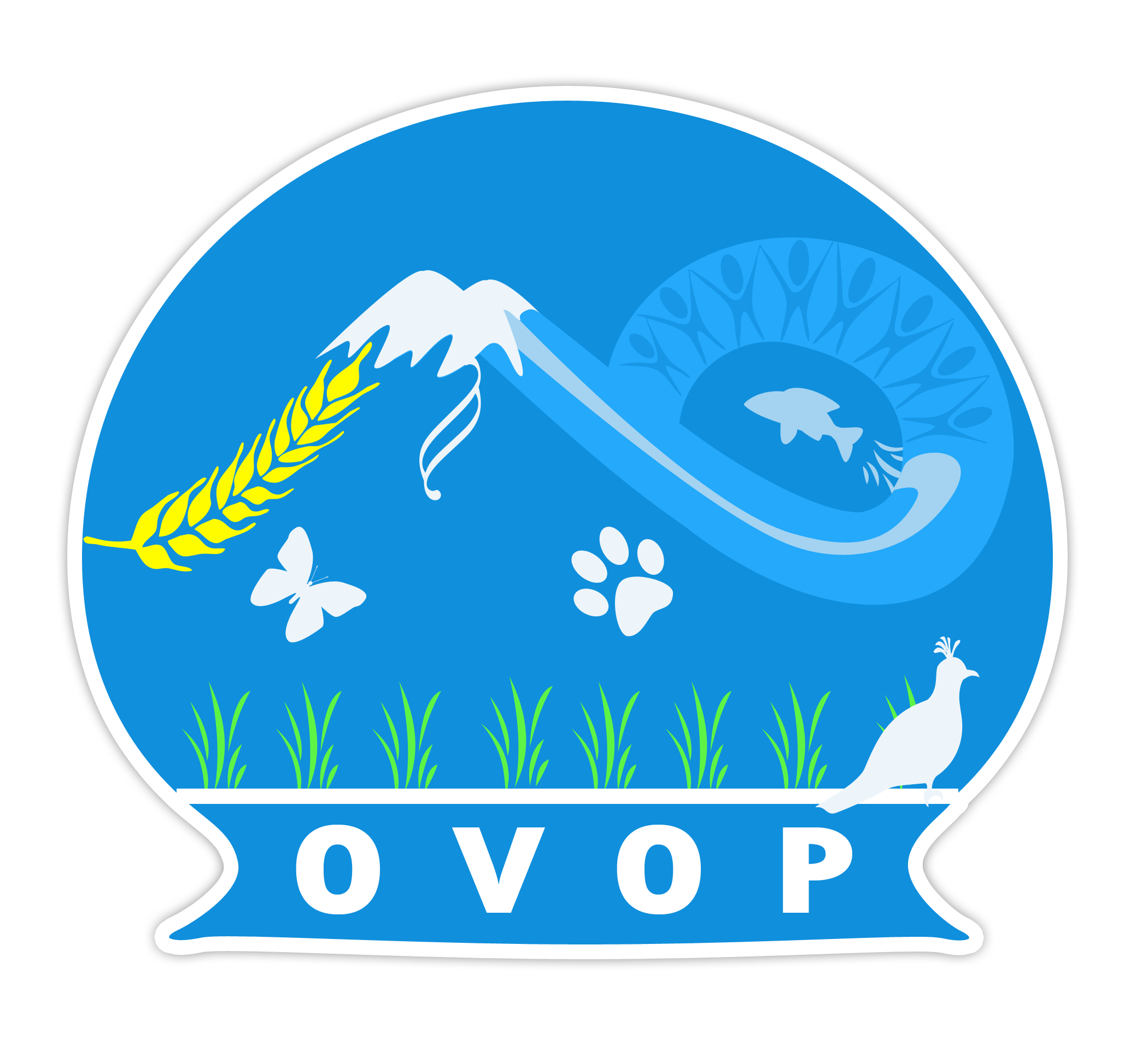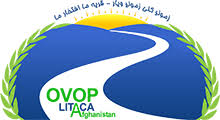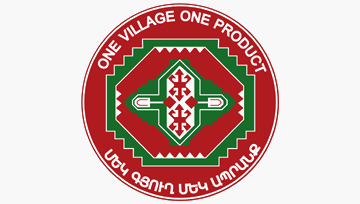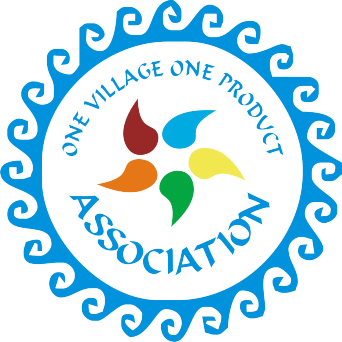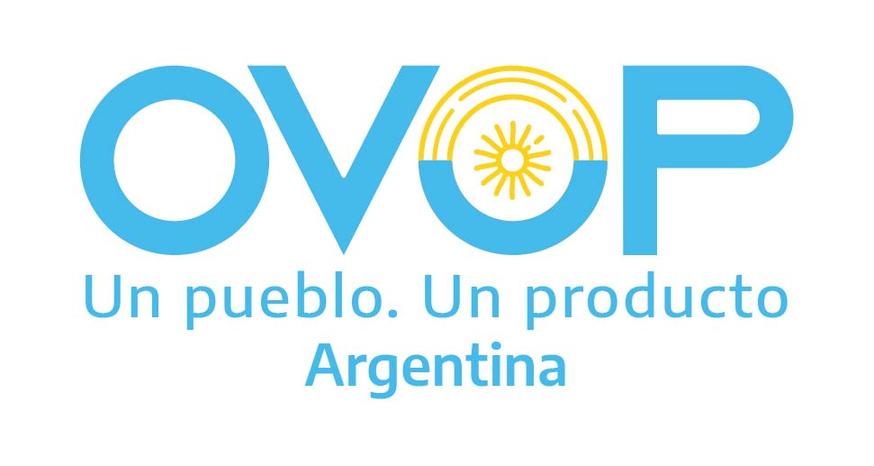For anyone familiar with the One Village One Product (OVOP) movement created in Oita Japan, 39 years ago, it is well known that community work for local development lies at its core. For a country with such richness in artisan techniques and so many regions like Colombia, it was a perfect match that has proved successful for almost 6 years.
When the International Japanese Cooperation Agency (JICA), first introduced the movement to Colombia (2013), Artesanías de Colombia, the government entity that works for Colombian artisan’s wellbeing through productive, innovative and sustainable development programs, identified three artisan communities with a flagship, specific and unique crafts to develop new product lines that would strengthen techniques through the transmission of knowledge from master craftsmen to others artisans in the region. These communities where chosen to start a pilot phase to be implemented in a three year horizon (2015-2017).
The first one was the town of La Chamba, in the Tolima department, a pottery region known for its crockery made with black and red clay. The craft takes advantage of the rich properties in the soil to create unique pieces that standout for its natural colours. Women are in charge of kneading and moulding the clay, while men are in charge of putting them in the ovens that give the purity and uniformity.
The second community that was chosen for its affinity with the OVOP requirements is in Tuchin, a municipality in the Córdoba department known for mastering crafts weaved with the caña flecha fiber (gynerium sagittatun). The “vueltiao hat”, one of Colombia´s most famous handicrafts is made using this technique that in 2008 was granted the Denomination of Origin seal.
The last one is the filigree jewelry community of Mompox, a magical small town in the Bolívar department. Filigree is a technique in which thin threads of gold and silver are used to make different pieces that stand out for their delicacy.
Once the communities where chosen, the first phase started on 2015 with cooperation form JICA, and other local government entities. The main objective was to strengthen local development with the OVOP philosophy through projects that reinforced local capacities of the communities with high artisan vocation. Workshops and productive units in these three communities where encouraged to produce a craft line to participate in Expoartesanías, the biggest artisan fair in the country, considered to be one of the most important ones in Latin America.
The second phase took place in 2016. For this stage the three communities remained the same and two new ones in El Guamo (Tolima) and in San Jacinto (Bolívar) were added. El Guamo is known for the hats weaved with the Royal Palm fiber (Roystonea regia) and the municipality of San Jacinto is recognized for hammocks and other crafts weaved with cotton yarn and handlooms.
On this opportunity artisans and their workshops were encouraged and supported to formulate three productive and commercial projects that included an offer of innovative crafts. These pieces were a result of creation process between local actors associated with the artisan activity´s chain of value, designers and the community. They responded to national market needs previously identified by Artesanías de Colombia. During 2017, with the experience of the prior 2 years, an initiative for a transference of knowledge of the Artesanías de Colombia´s Innovations and Design Labs methodology was consolidated. This methodology is structured on a series of components that are key to generate successful processes where culture is preserved while new economic opportunities rise.
The components or modules include co-design workshops with Artesanías de Colombia´s in house local team to develop new pieces that respond to global market trends and broaden artisan’s portfolio. Another crucial component are the workshops and capacitations on promotion and commercialization.
All of the modules above begin by gathering information from the local actors that make up the OVOP initiative. Basic socio economic, cultural and productive data is collected by the Artesanías de Colombia´s Artisan Activity´s Information and Statistic System (AAISS) to build a baseline that identifies key agents in local politics, business forces and socio/regional actors (organizations, NGOs…) to then compile a “socio economic cartography” of artisan activity in different populations. To use the caña flecha case as an example, after the OVOP model, the artisan community of Tuchín reestablished their trust relations and they understood and acknowledged the importance of team work, resolution of conflicts, assertive communication. These improvements within the community’s operational routines also helped to consolidate the production possibilities. After years of making only the “vueltiao hat” they started to develop different line of products like placemats, napkin holders, centerpieces, wallets, belts, rings, purses etc. This not only guarantees the preservation of the technique, but it strengthens the local economy of the region.
The result of this pilot phase had very favorable results. In terms of sales, in two years (2015-2017), the five communities sold over USD 70.000, a sum never seen before that confirms that the model developed based on the OVOP philosophy increased competitively and the access to new markets to the 250 artisans that where attended directly.
7 principles that guided the development strategy of the OVOP philosophy These principles come from the conclusions drawn after the pilot phase. They allow to establish the conceptual base to transfer the OVOP model to Artesanías de Colombia´s Innovation and Design Labs.
- The key for the strategy is effective and fair craft commercialization on different local, regional, national and international artisan scenarios.
- The strategy relies on initial identification of the community´s human and social resources for self-management, organization, identity design, production and commercialization of crafts.
- The strategy must include an innovative offer that reflects its own identity based on cooperation between different local actors, as well as the advantages of having distinctive signs in the artisan activity.
- The offer must represent the cultural identity of the terriotories.in which they take place.
- The crafts demand must have fair price sales as a principle as well as the shortening of the producer buyer gap.
- The strategy must have short (pilot 2015), mid (2015-2016) and long (2019-2023) term phases.
- The strategy must strengthen trust an pride within the communities to generate local development projects.






